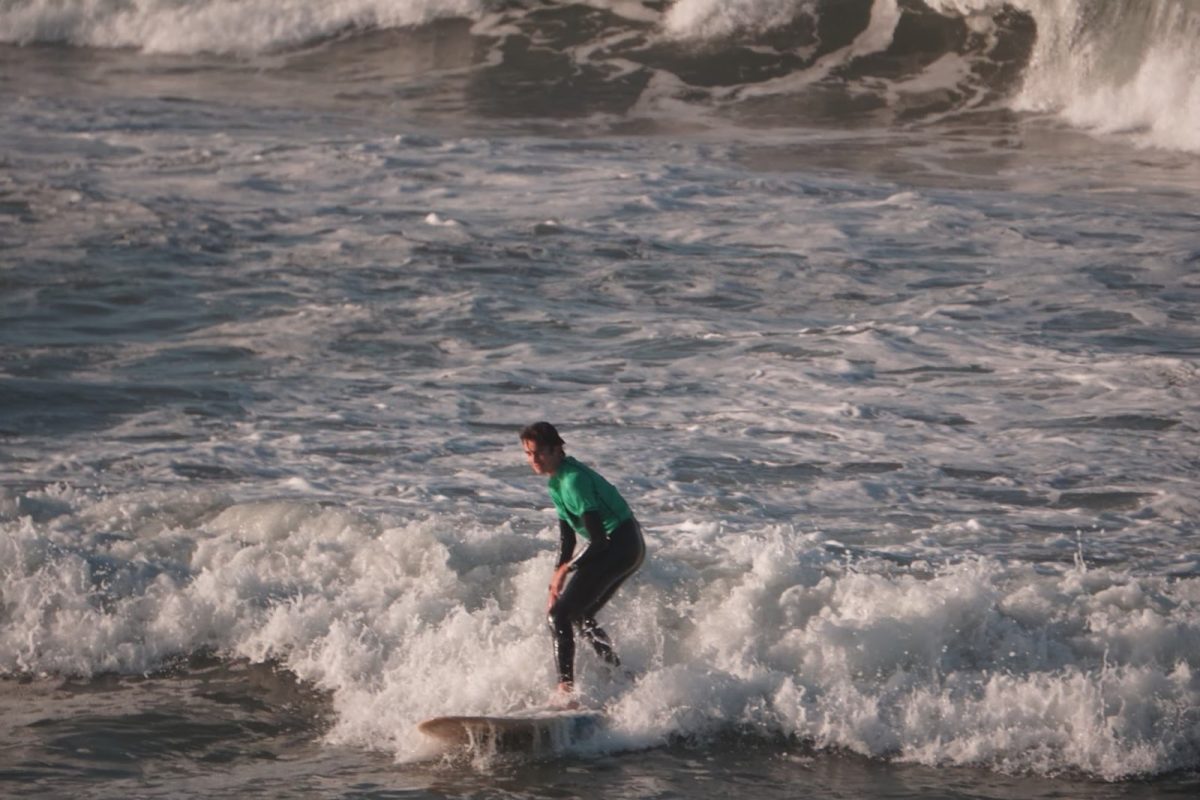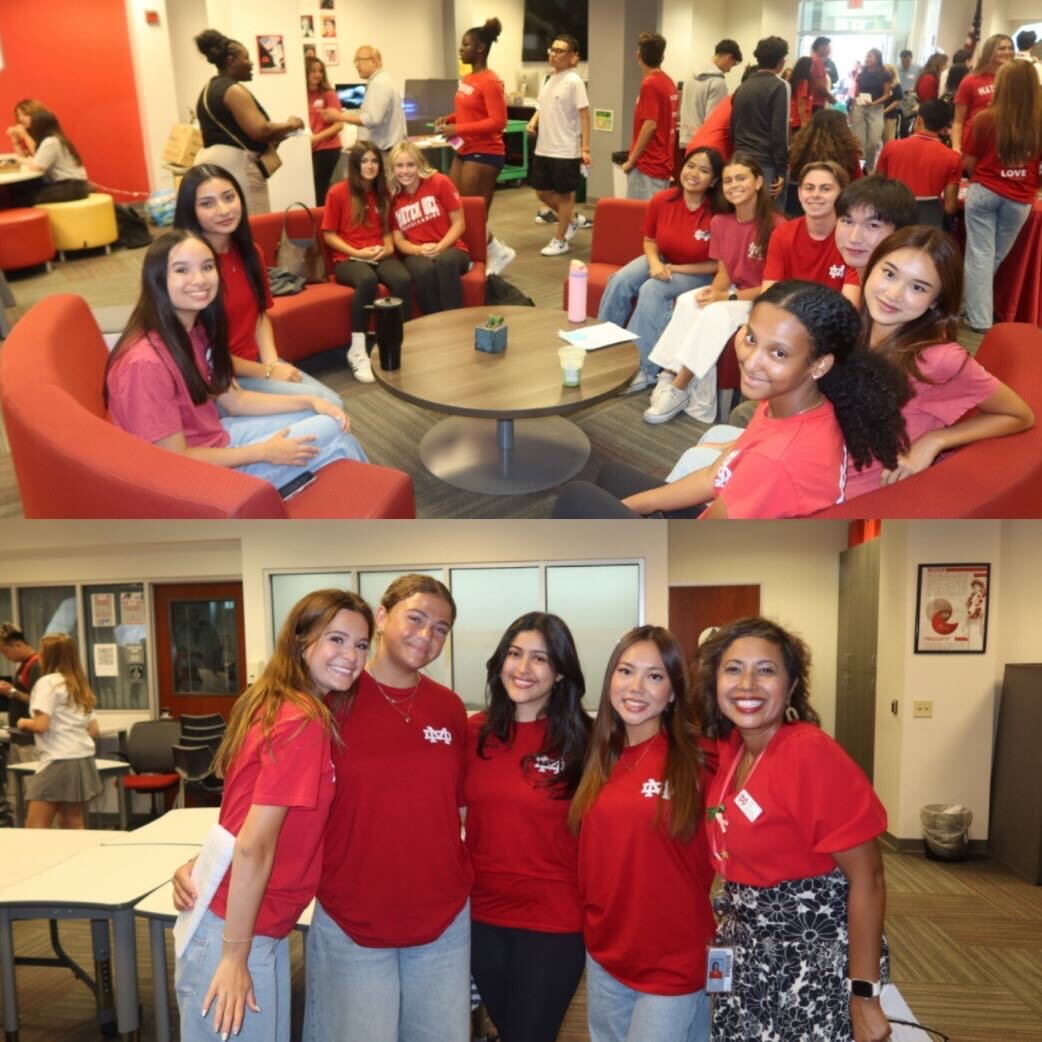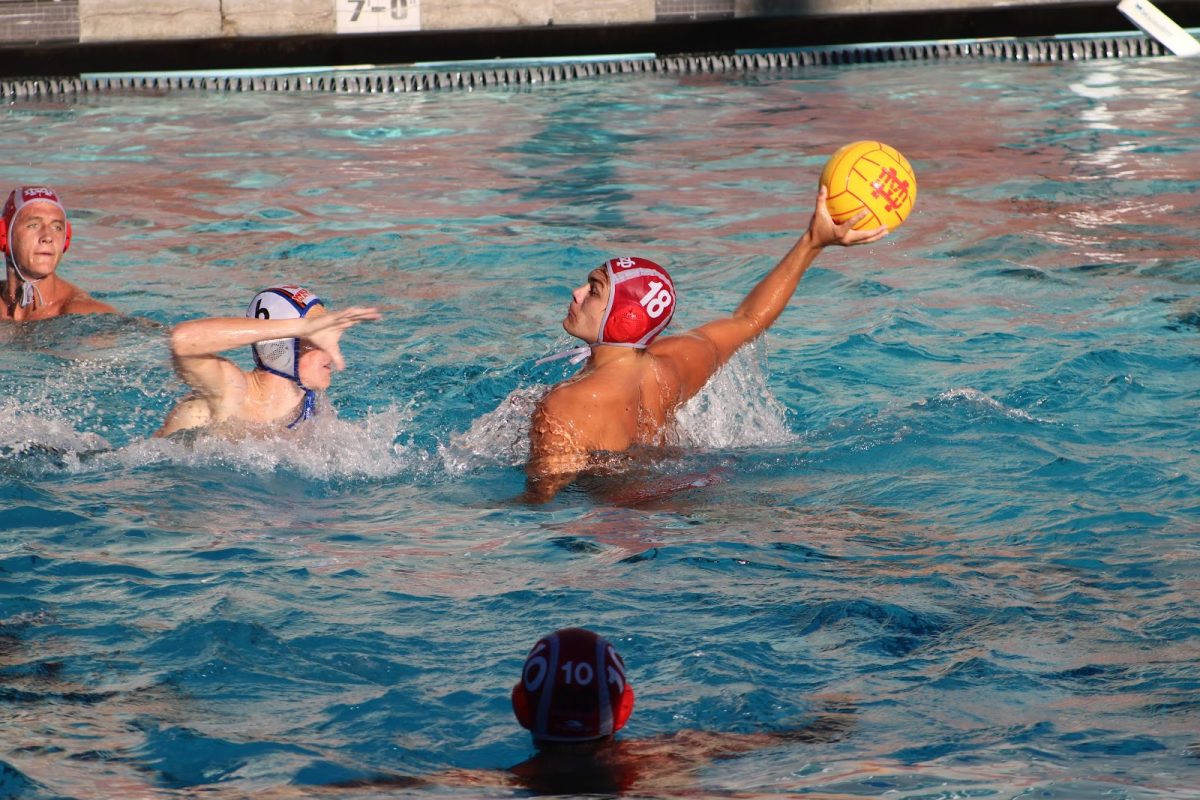Avoiding Concussions
Mater Dei’s Athletic Program takes Student Safety First
April 26, 2016
Athletes in high contact sports at Mater Dei are at constant risk for injuries such as concussions, but what most are not aware of are the updated measures taken by the athletic department to prevent and treat such injuries.
Concussions are an issue for athletes that affect not only their athletic careers, but also their daily lives in the classroom. Because Mater Dei has a number of high contact sports specific measures are taken to prevent and treat concussions.
“Basically, [the treatment for concussions] is a state mandated program now,” said Mike Fernandez, athletic trainer. “Our biggest job is making sure [athletes’] participation is safe and while they’re actually participating after an injury, that they’re able to do so without re-injuring themselves.”
The athletic equipment plays an essential role in preventing these injuries from occurring in the first place. Equipment manager, Chris Abeyta, has the responsibility of distributing and maintaining the various teams’ gear. Abeyta stated that football, lacrosse, and baseball all require helmets. Most sports also require pads and protective covering over other parts of athletes’ bodies.
However, because accidents happen and no amount of plastic and cushions can prevent everything, there are rigorous recovery procedures that injured athletes must go through. During this time, trainers like Fernandez monitor them and conduct specific tests to ensure that they are recovering according to plan.
They are guided from non-active exercises to slow and stabilized exercises and, finally, to slightly faster maneuvers that test their reflexes. They are also administered sensory tests to determine if their brains are functioning correctly. When deemed ready, the athlete will go back to regular practice with the team but avoid contact. The ultimate part of the journey is a return to contact, first in practice, then in games. If at any point during this process the athlete displays signs of unreadiness, they will slow down the recovery and spend more time on that particular step.









